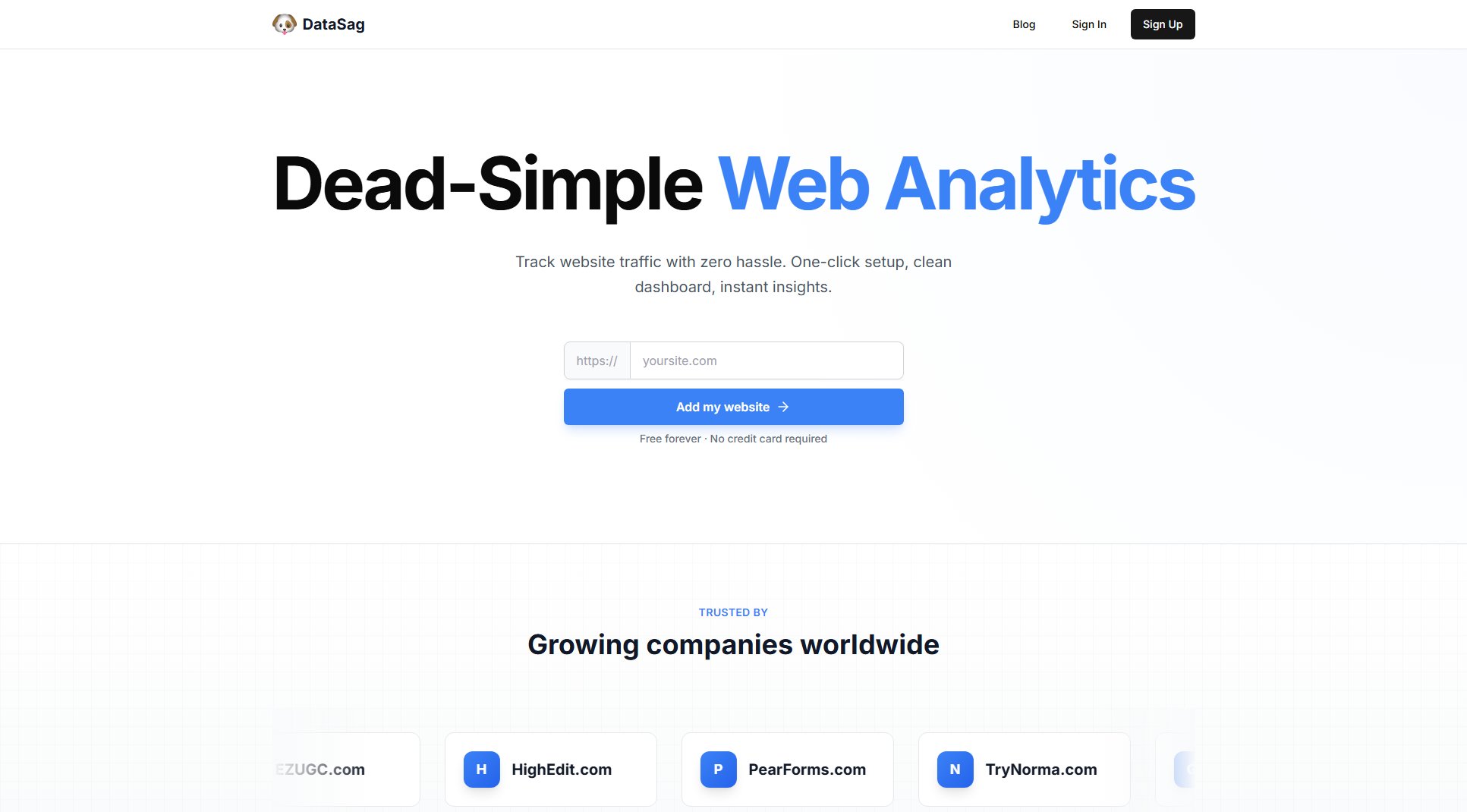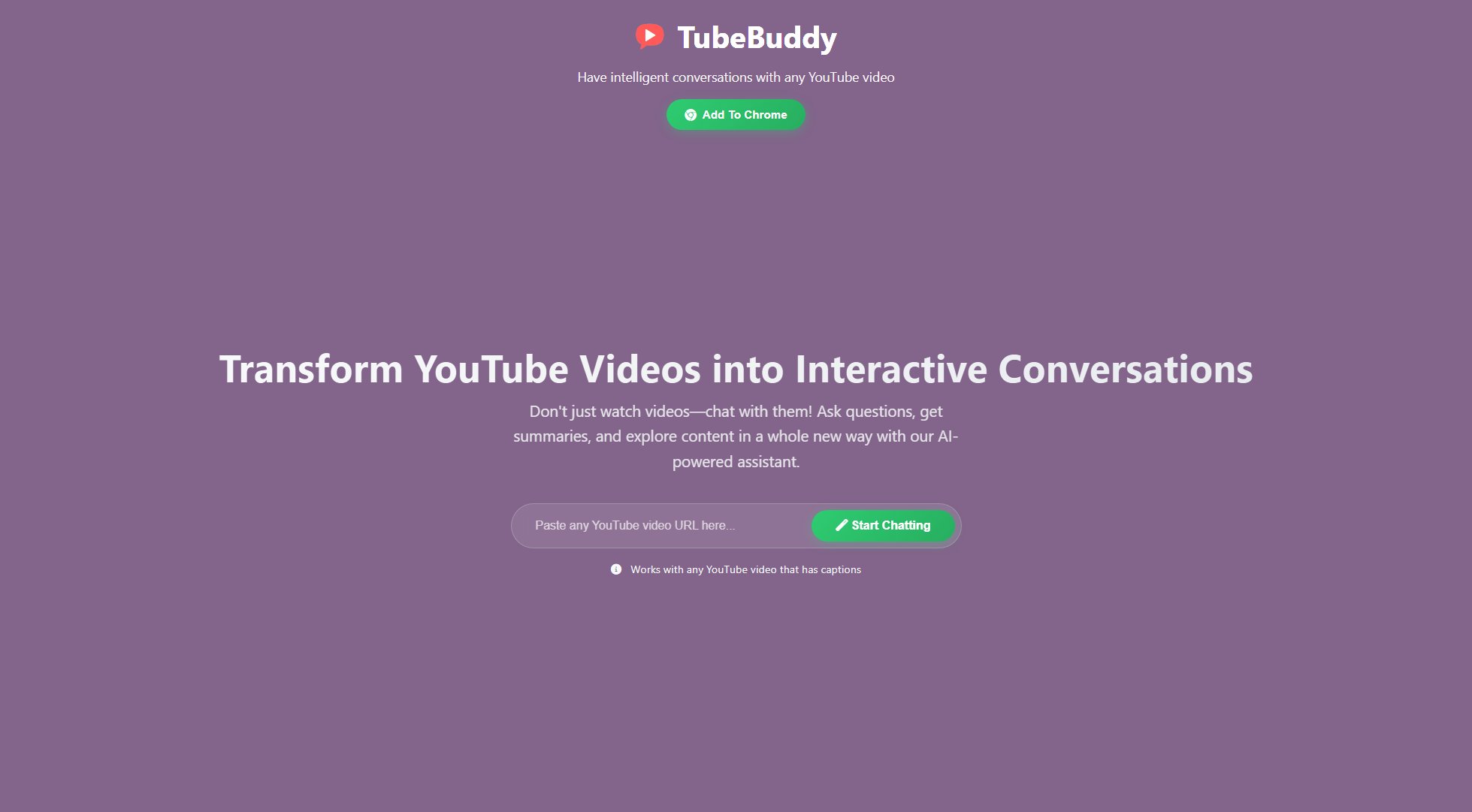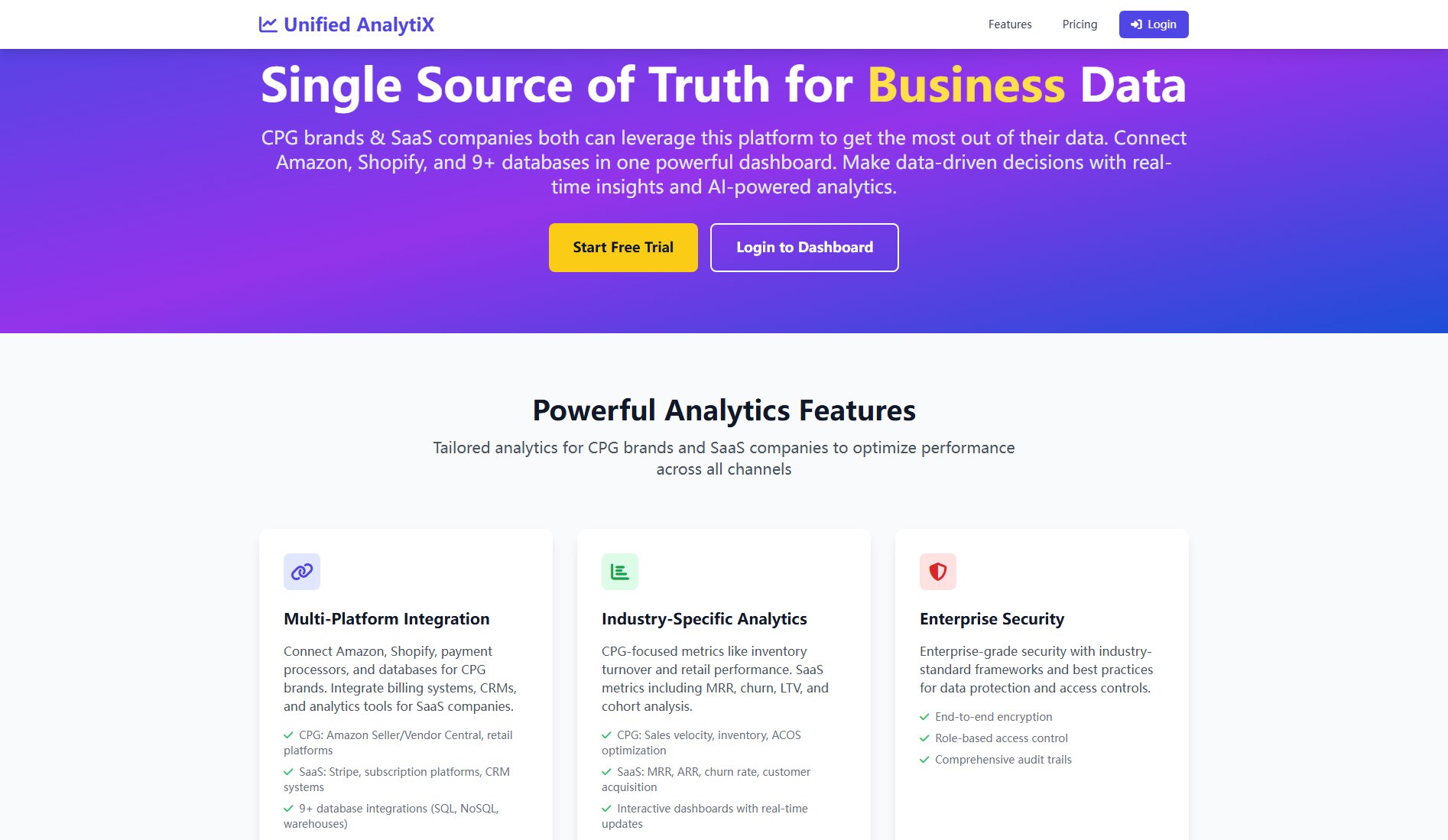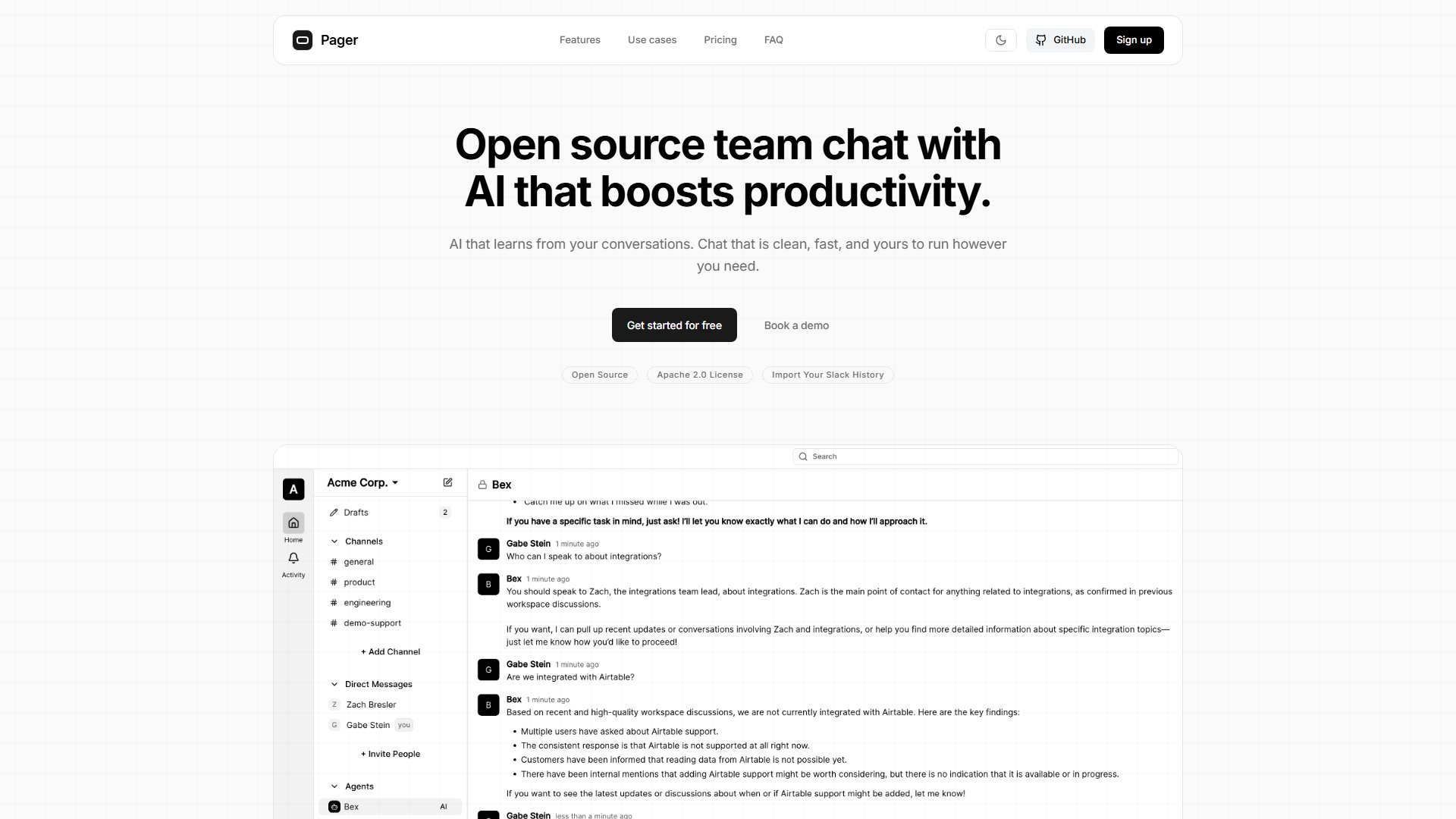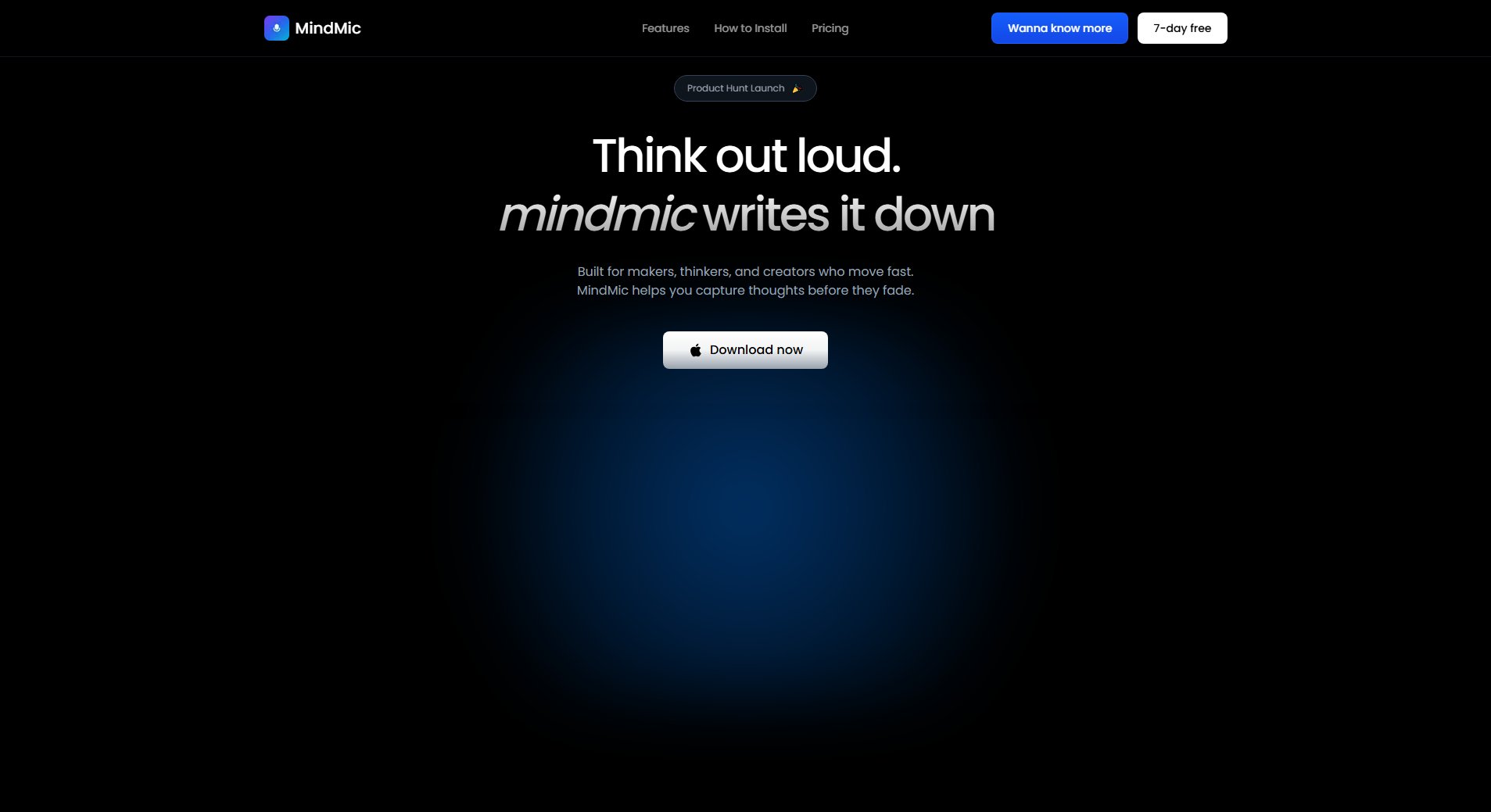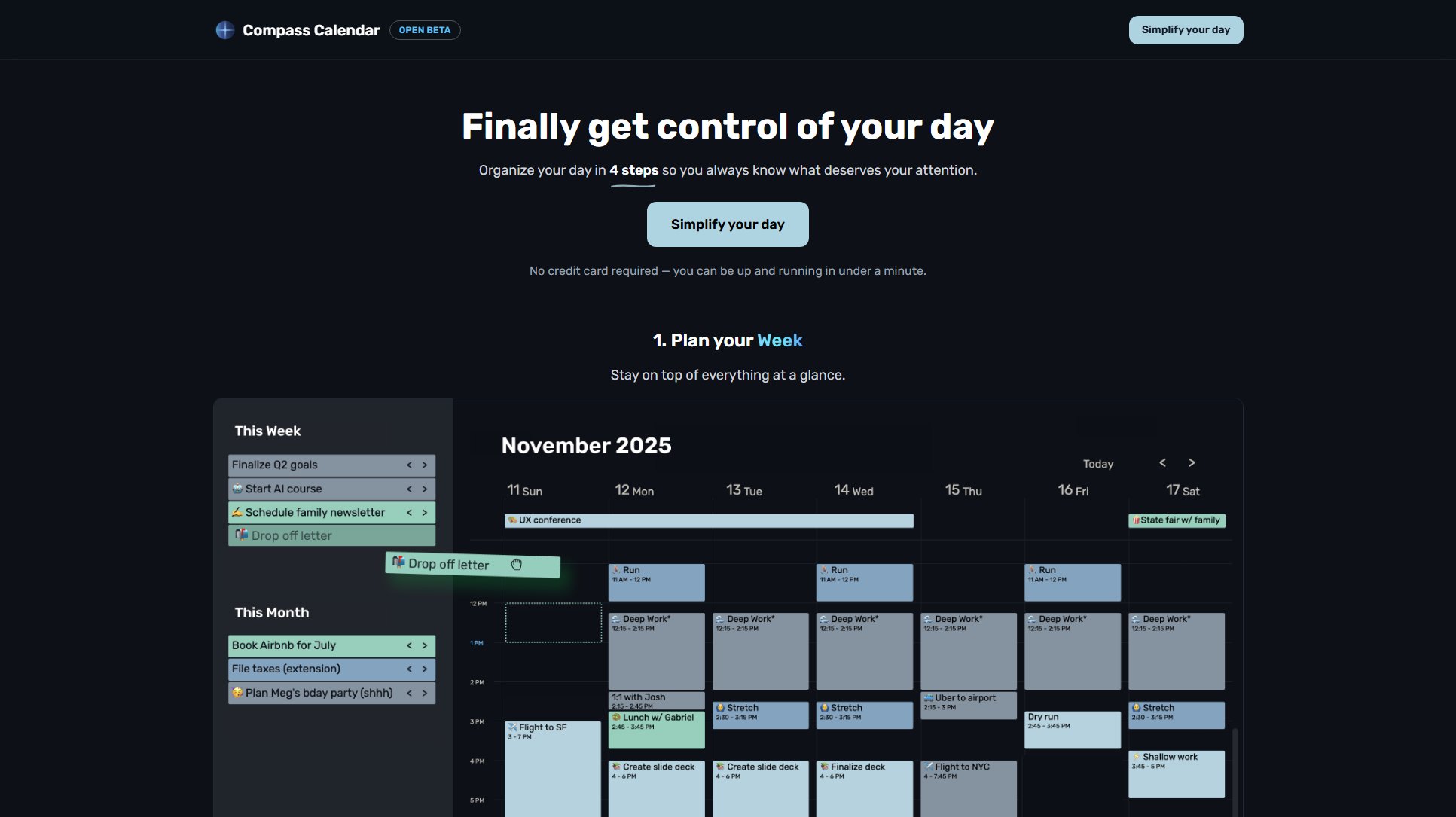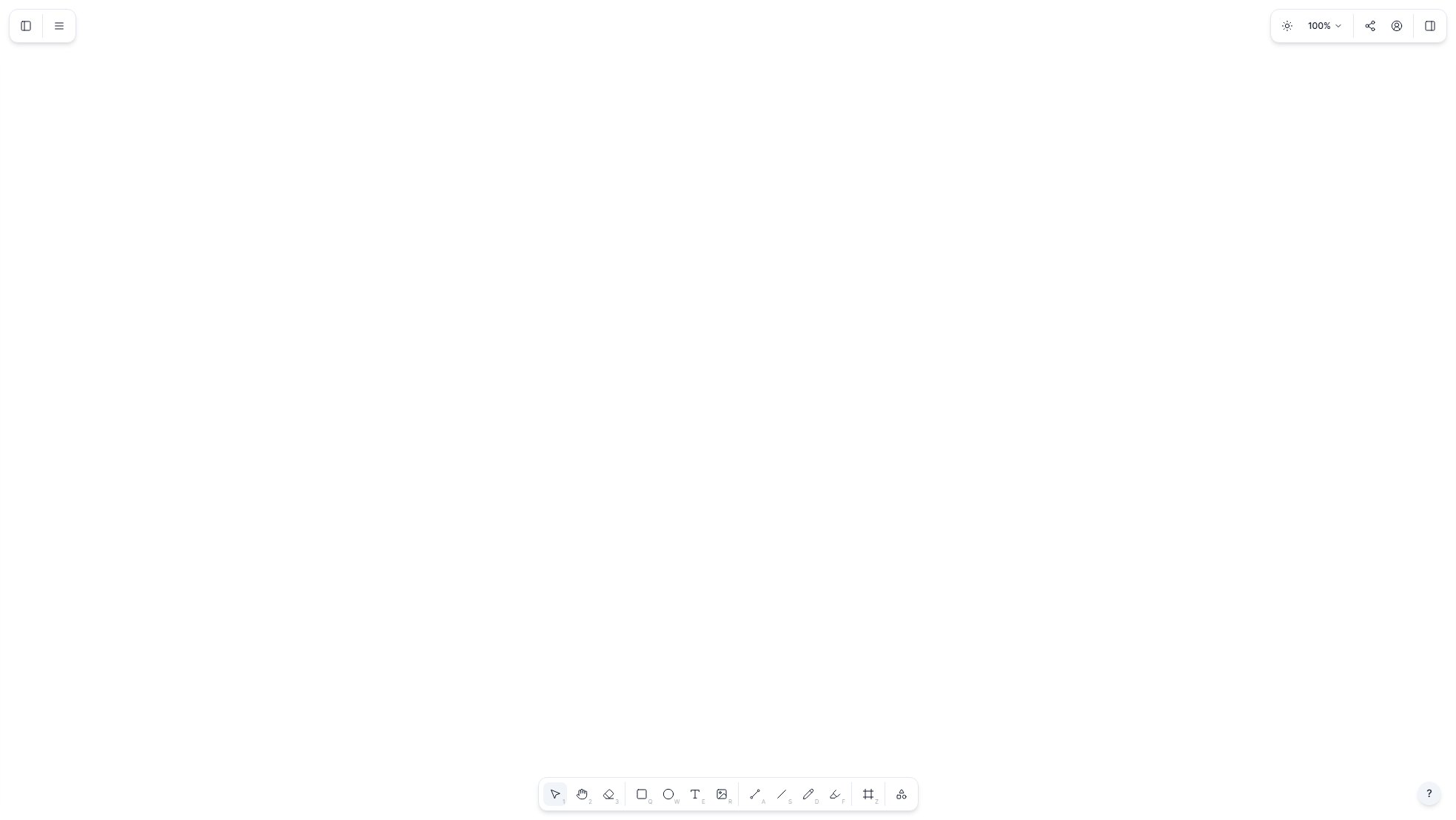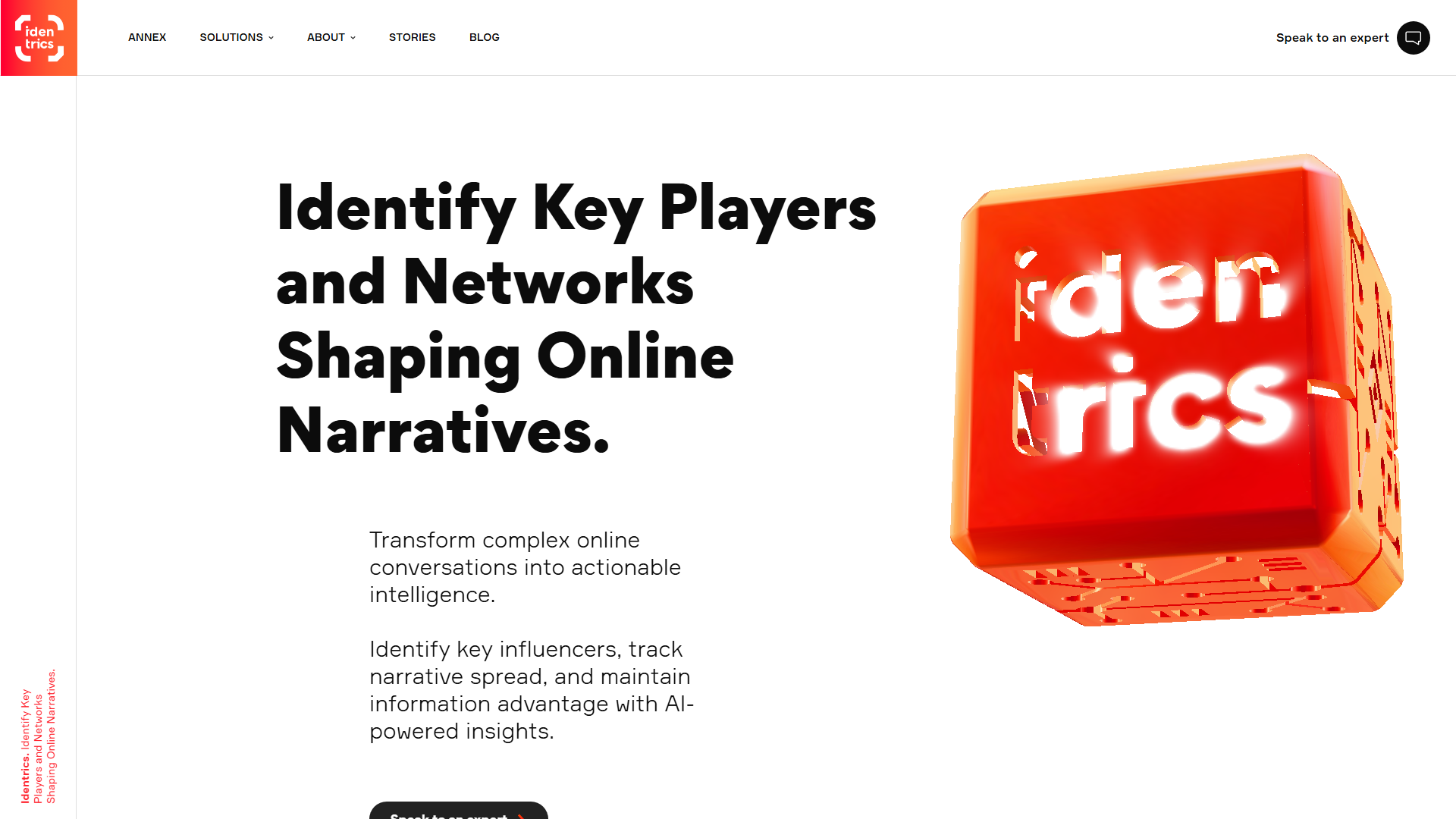SummaVerse
AI-powered document analysis & chatbot creation
What is SummaVerse? Complete Overview
SummaVerse is an advanced AI-driven tool designed to transform lengthy documents into concise summaries and interactive chatbots. It leverages natural language processing to extract key insights, making it ideal for students, researchers, and professionals who need to process large volumes of information quickly. The platform offers customizable summarization options, collaborative features, and seamless document sharing. With a user-friendly interface and cross-platform accessibility, SummaVerse simplifies document analysis and enhances productivity. Target users include academic researchers, business professionals, and anyone looking to streamline their document review process.
SummaVerse Interface & Screenshots
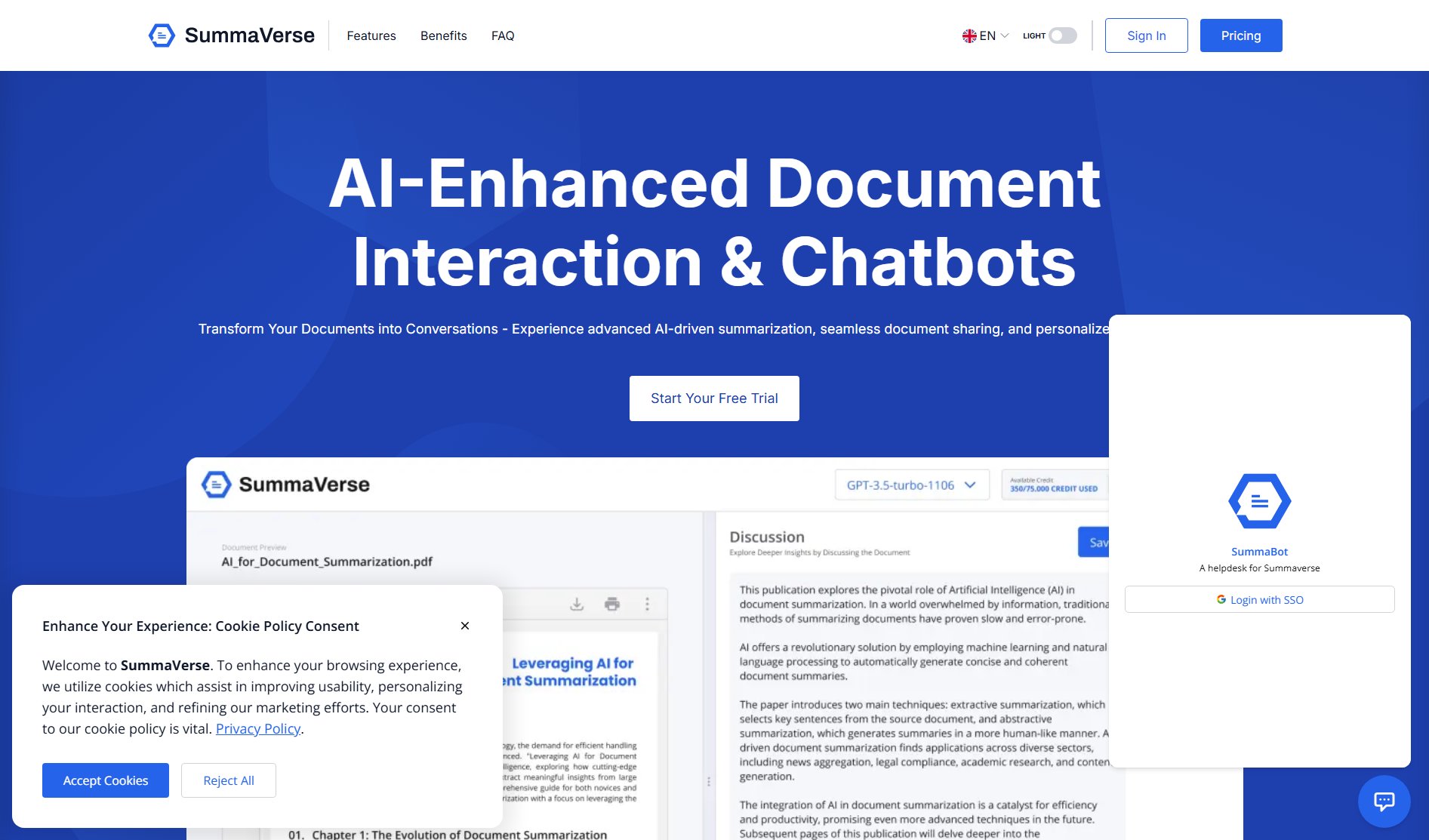
SummaVerse Official screenshot of the tool interface
What Can SummaVerse Do? Key Features
One-Click Summarization
SummaVerse's AI technology can condense lengthy documents into concise overviews with just a single click. This feature saves users significant time by automatically extracting the most important information from any document, whether it's a research paper, report, or article.
Customizable Summary Types
Users can choose from multiple summary formats including extractive, abstractive, key point, sentence compression, concept, and chronological summaries. Each type serves different purposes, allowing users to tailor the output to their specific needs.
Collaborative Chatbots
SummaVerse enables users to create interactive chatbots from their documents. These chatbots can answer questions about the document content, making information sharing and team collaboration more efficient and engaging.
Cross-Platform Access
As a web-based application, SummaVerse provides universal access to documents and summaries from any device with an internet connection. This ensures users can work seamlessly whether they're in the office, at home, or on the go.
Document Sharing & Collaboration
The platform includes tools for sharing summaries and discussing key insights with team members. Users can save documents in project folders and use the discussion feature to collaborate effectively on document analysis.
Best SummaVerse Use Cases & Applications
Academic Research
Students and researchers can use SummaVerse to quickly digest lengthy academic papers and research documents. The tool helps identify key findings and relevant sections, significantly reducing literature review time while ensuring comprehensive understanding.
Business Reporting
Professionals can transform lengthy business reports into executive summaries, making it easier for stakeholders to grasp key metrics and insights. The chatbot feature enables interactive exploration of report data without requiring full document review.
Legal Document Analysis
Law firms and legal professionals can use SummaVerse to extract crucial information from contracts, case files, and legal documents. The chronological summary option is particularly useful for understanding case timelines and developments.
Content Curation
Content creators and marketers can use the tool to analyze multiple sources and create condensed overviews of industry trends. The concept summary feature helps identify thematic connections across different documents.
Knowledge Management
Organizations can build interactive knowledge bases by converting their documentation into chatbot format. This allows employees to quickly find answers to common questions without searching through lengthy manuals.
How to Use SummaVerse: Step-by-Step Guide
Register for an account to receive 5,500 free credits valid for 14 days. The registration process is quick and straightforward, requiring only basic information to get started.
Upload your PDF document to the platform. SummaVerse currently supports text-based and scanned PDFs, with plans to add support for DOCX, TXT, and URLs in future updates.
Select your preferred summary type from the available options (extractive, abstractive, key point, etc.) and customize any additional parameters such as language or length.
Generate your summary with a single click. The AI will process your document and present a concise overview within seconds, saving you hours of reading time.
Save your summarized document in a project folder for future reference or use the collaboration tools to share it with team members and discuss key insights.
Optionally, create a chatbot from your document to enable interactive Q&A about the content. This feature is particularly useful for team knowledge sharing and customer support applications.
SummaVerse Pros and Cons: Honest Review
Pros
Considerations
Is SummaVerse Worth It? FAQ & Reviews
SummaVerse is primarily a document summarization tool that uses advanced natural language processing to condense lengthy documents into concise, informative summaries. It's useful for academic research, business reporting, legal document analysis, and content curation.
Yes, new users receive 5,500 free credits upon registration, valid for 14 days. This allows you to test the platform's summarization and chatbot features before committing to a paid plan.
Currently, SummaVerse supports text-based and scanned PDF files. The development team plans to add support for DOCX, TXT files, and URLs in future updates.
SummaVerse employs data encryption, complies with data privacy laws, and conducts regular security audits. As the platform uses OpenAI's API, users are subject to both SummaVerse's privacy policy and OpenAI's terms.
SummaVerse offers six summary types: Extractive (key sentences), Abstractive (paraphrased content), Key Point (main ideas), Sentence Compression (condensed sentences), Concept (thematic structure), and Chronological (event order).
Users need a modern operating system (Windows 10, macOS Mojave, or Linux), latest web browsers, stable internet connection, and minimum screen resolution of 1280x720 for optimal performance.
For GPT-3.5: Upload costs 1 credit per document plus 30 credits per page for summarization. Chatbot responses cost 120 credits each. GPT-4 costs more at 100 credits per page for summarization and 1200 credits per chatbot response.
